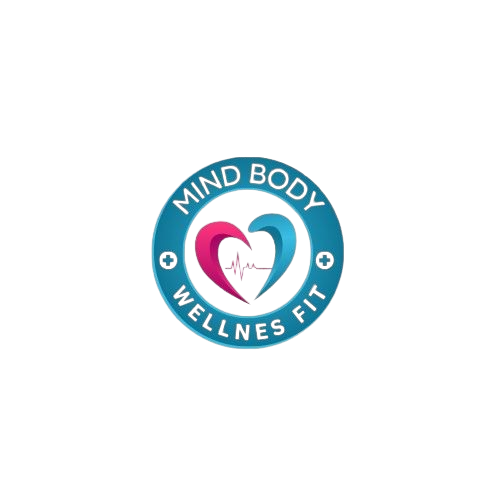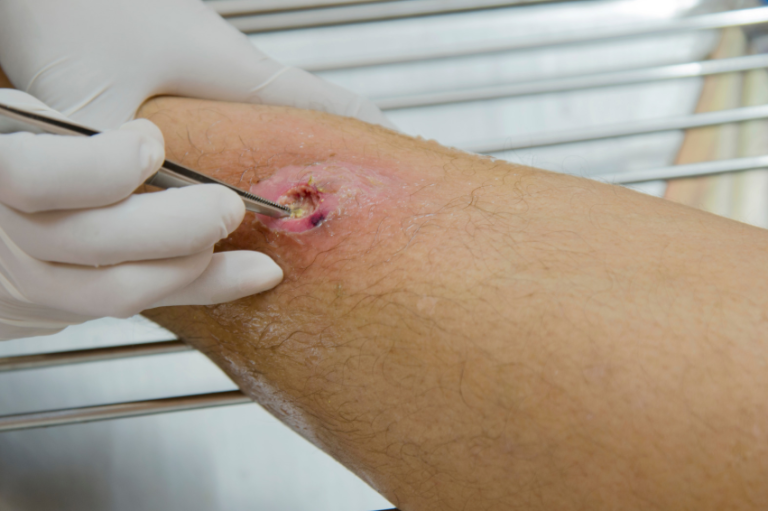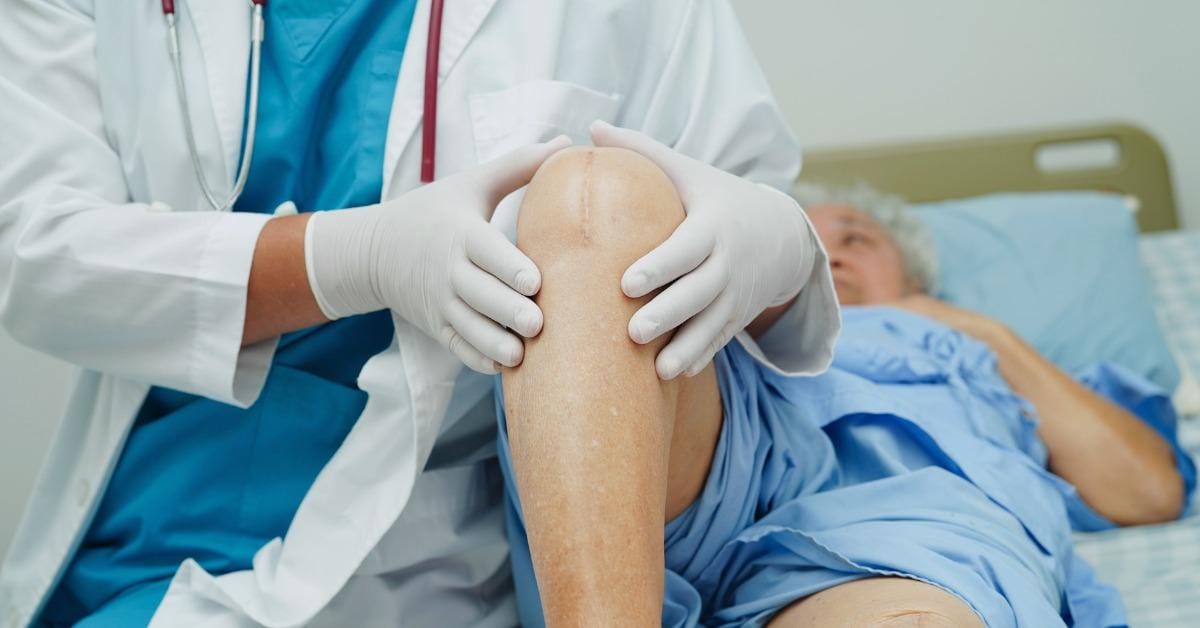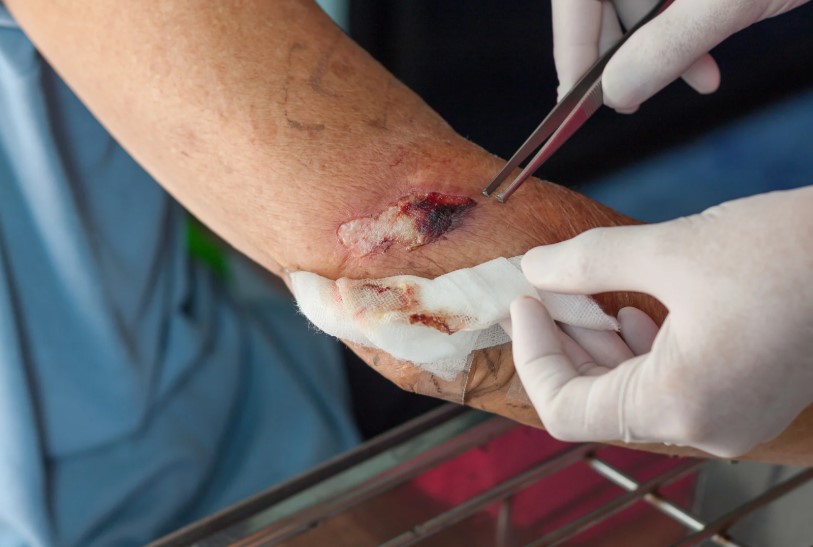Wound debridement is a critical component of effective wound management. It involves the removal of dead, damaged, or infected tissue from a wound to improve the healing potential of the remaining healthy tissue. Without proper wound debridement, wounds are more likely to become infected, leading to complications and prolonged recovery. This article explores how wound debridement prevents infection and supports recovery, and why seeking expert care from trusted providers like Kalingap Wound Care Clinic in Quezon City ensures the best outcomes.
What is Wound Debridement?
Wound debridement is the medical process of removing non-viable tissue, foreign material, or biofilm from a wound. The goal is to create an optimal environment for healing by exposing healthy tissue and reducing bacterial load. There are several types of wound debridement, including autolytic, enzymatic, mechanical, surgical, and ultrasonic methods. Each method is selected based on the wound type, severity, and patient’s condition. Wound debridement is not a one-size-fits-all treatment; it must be tailored to the patient’s unique needs. At Kalingap Wound Care Clinic, patients receive personalized wound care plans, ensuring that the right debridement technique is used to support rapid and safe healing.
The Link Between Dead Tissue and Infection
Dead tissue in a wound acts as a breeding ground for bacteria. This necrotic material hinders the body’s natural ability to fight infection and delays the healing process. As bacteria accumulate in and around the dead tissue, the risk of localized infection increases and may eventually lead to more serious complications like cellulitis, osteomyelitis, or even sepsis. Wound debridement prevents infection by physically removing this hazardous tissue and reducing the bacterial load in the wound bed. With regular wound debridement provided by skilled professionals at Kalingap Wound Care Clinic, patients significantly lower their chances of infection and experience a safer healing process.
How Wound Debridement Supports Recovery
Wound debridement supports recovery in multiple ways. By eliminating dead tissue, it allows new, healthy cells to grow unimpeded. This regeneration process is essential for tissue repair and wound closure. Furthermore, debridement improves the effectiveness of wound dressings and topical medications by ensuring they reach the active wound bed. Without debridement, these treatments would sit atop dead tissue, unable to penetrate where they are needed most. At Kalingap Wound Care Clinic, wound debridement is integrated with comprehensive wound care strategies to ensure the fastest and most effective healing possible. Patients notice improvements not only in wound size reduction but also in overall comfort and mobility.
Signs That Wound Debridement May Be Needed
Knowing when wound debridement is needed can make a crucial difference in recovery. Common signs include the presence of black, brown, or yellow tissue in the wound, a foul odor, pus or drainage, increased pain, or swelling. Chronic wounds, such as diabetic foot ulcers or pressure sores that do not show improvement within a few weeks, often require wound debridement. Delaying treatment can lead to more serious outcomes. That’s why it’s important to seek professional evaluation early. Kalingap Wound Care Clinic offers advanced wound assessment to determine whether wound debridement is necessary, helping patients avoid long-term complications.
Who Performs Wound Debridement and Where?
Wound debridement should only be performed by trained healthcare professionals, such as wound care nurses, doctors, or specialized clinicians. These professionals assess the wound, select the appropriate debridement method, and carry out the procedure under sterile conditions to minimize infection risks. Wound debridement services are available in hospitals, outpatient wound care centers, and specialty clinics. In Quezon City, Kalingap Wound Care Clinic is known for delivering expert wound debridement with compassion, skill, and precision. Their facility is equipped with modern tools and an experienced medical team dedicated to providing safe and effective wound care.
Safety, Aftercare, and What to Expect Post-Debridement
After undergoing wound debridement, patients can expect some mild discomfort, which is typically managed with local anesthetics or pain relievers. The wound may appear larger immediately after debridement, but this is part of the healing process. Proper aftercare is essential, including regular dressing changes, keeping the area clean, and monitoring for signs of infection. Patients should follow all medical advice and attend follow-up appointments to ensure proper healing. At Kalingap Wound Care Clinic, post-debridement care is an integral part of the recovery plan. Their team educates patients and caregivers on how to care for the wound at home, ensuring continuous support and guidance.
Takeaway
Wound debridement is an essential step in modern wound care. It prevents infection by removing dead tissue and supports recovery by accelerating the body’s natural healing process. Neglecting debridement can lead to severe complications, while timely treatment enhances comfort, mobility, and overall health. For patients in Quezon City and surrounding areas, Kalingap Wound Care Clinic offers the best wound debridement services, ensuring expert care at every step of the recovery journey. Don’t wait for a wound to worsen—consult the professionals at Kalingap Wound Care Clinic to experience the difference that skilled wound debridement can make.
FAQs About Wound Debridement
Is wound debridement painful?
Some methods may cause minor discomfort, but pain is usually well-managed during the procedure.
How often is wound debridement needed?
The frequency depends on wound severity and response to treatment; some wounds may require weekly debridement.
Can wound debridement be done at home?
No, wound debridement should be performed by trained professionals in a clinical setting to avoid complications.
How long is the recovery after wound debridement?
Recovery varies but generally improves as debridement promotes faster tissue regeneration and wound closure.






